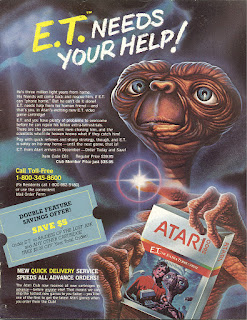Ryan Ellett has a new book out through McFarland Publishing. For radio buffs like myself, this is a welcome addition to my bookshelf. My concern is whether or not this 230-page reference guide will be accepted with arms wide open from the general collector. As Ryan explained in his Preface, "In a literature that includes hundreds of books and even more articles penned by professional historians and devoted amateur enthusiasts, the writers of those old-time radio programs lack a resource with a singular focus on their output. This book attempts to remedy that oversight..."
What Ryan is referring to is the consultation of published reference guides as they lend themselves to assistance in research. In my field, for example, my custom-built bookshelves contains two shelves of "essentials" -- that is, books I consult so often that I group them together for easy access. Some of the paperbacks were made into hardcovers thanks to my local printer (or replaced with the hardcover editions when they became available). Then there are the second tier reference guides -- books I pull off the shelf to consult the indexes and determine if any of them have something I might be looking for. Nothing in the index? Back on the shelf they go. The third tier books are ones I have rarely consulted but maintain possession in the event I need to turn to them. The price was right at the time and I could not turn them down. Some are so old and loaded with so many mistakes that the only reason I keep them is to consult once in a blue moon on the off chance I can use them to track down the source of errors.
Ryan's book falls into the second tier level and this is not to say his book is bad. On the contrary, within minutes of flipping through the pages I knew this was an essential second-tier book because of the wealth of material contained in alphabetical order. Like all the other books on my shelf, almost every radio program I research in the future will require a quick consultation of what has been put to print and Ryan can be sure I will be pulling this one off the shelf many times.
Essentially this book lists radio script writers and brief biographies, along with extant radio credits. Les Crutchfield, for example, was working as an engineer at Cal Tech when he first met Norman Macdonnell. His graduate studies included physical chemistry and mathematics which led him for a time into the mining industry as a foreman and explosives expert. He eventually became an established radio script writer for such programs as Gunsmoke, The Man Called X, Suspense, Yours Truly, Johnny Dollar and Escape, among others. This is the kind of information you can find easily with or without the index.
Ryan Ellett attempted to fill a void that was necessary for researchers of old-time radio programs to pull off the bookshelf with ease of access. He accomplished his goal and for that, my sincere appreciation.
You can purchase your copy here:











